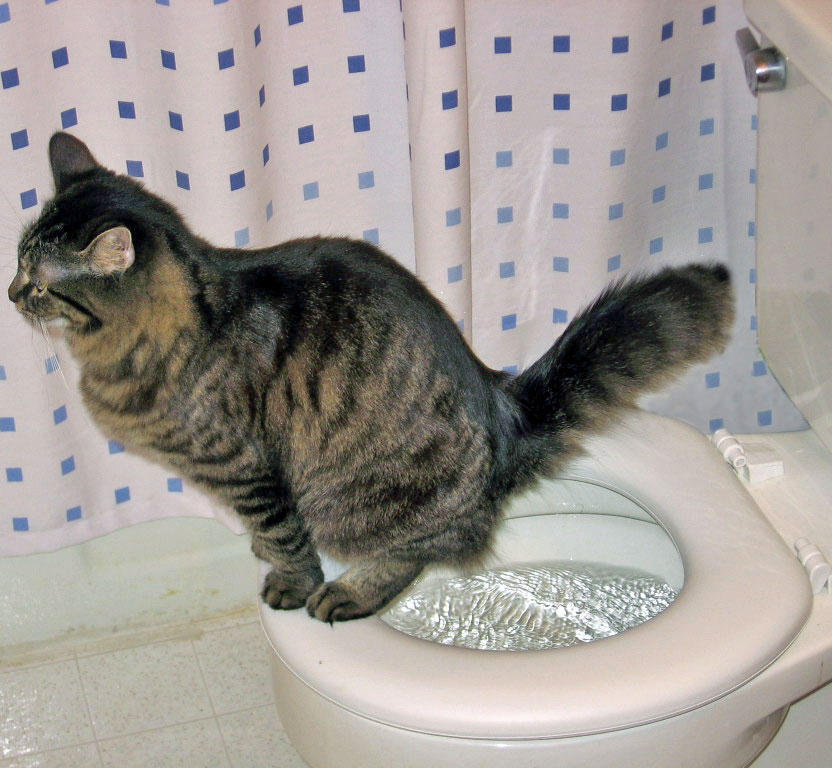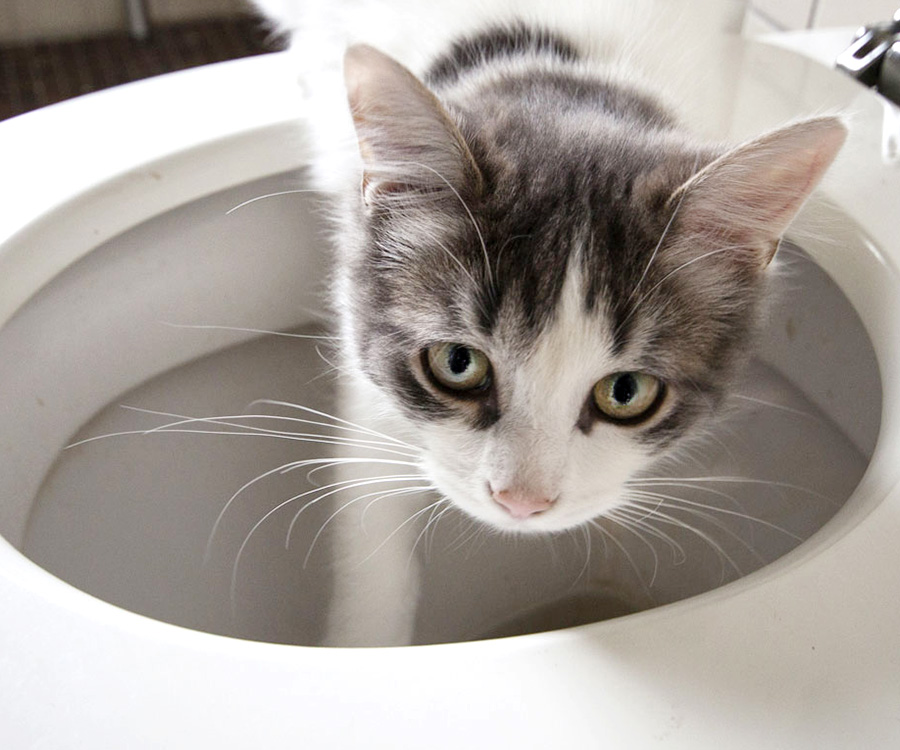Recommended Factors to Avoid Flushing Animal Waste Down the Toilet
Recommended Factors to Avoid Flushing Animal Waste Down the Toilet
Blog Article
This great article below pertaining to 4 Reasons Why Dog Poop Cleanup is Important is indeed captivating. Try it and draw your own conclusions.

When it pertains to taking care of waste, especially animal waste, many people frequently consider the convenient option of flushing it down the toilet. However, this apparently very easy service can have severe effects for the environment and public health. In this short article, we'll check out why flushing animal waste down the bathroom is a poor concept and supply alternate techniques for appropriate disposal.
Introduction
Appropriate waste disposal is vital for preserving environmental sustainability and public health. While it may appear safe to flush animal waste down the toilet, it can lead to numerous concerns, both for the environment and human health.
Risks of flushing pet waste
Environmental effect
Purging animal waste presents dangerous bacteria and virus into waterways, which can adversely influence aquatic ecological communities. These microorganisms can infect water resources and harm marine life, interrupting fragile environments.
Public health issues
Animal waste includes dangerous microorganisms such as E. coli and Salmonella, which can posture significant wellness threats to human beings. Purging pet waste down the bathroom can pollute water materials, causing the spread of illness and infections.
Alternatives to flushing
Rather than flushing animal waste down the commode, there are a number of alternative disposal techniques that are more eco-friendly and hygienic.
Composting
Composting pet waste is an eco-friendly means to dispose of it. By composting, organic matter is broken down right into nutrient-rich soil, which can be utilized to fertilize yards and plants.
Landfill disposal
Getting rid of animal waste in a land fill is one more option. While not as eco-friendly as composting, it is a more secure alternative to flushing, as it prevents the contamination of water resources.
Pet garbage disposal systems
There are specific pet garbage disposal systems available that safely and hygienically deal with pet waste. These systems often utilize enzymes to break down waste and remove odors.
Actions to proper animal garbage disposal
To make certain proper disposal of animal waste, comply with these actions:
Scooping and landing waste
Frequently scoop and bag pet waste making use of eco-friendly bags. This prevents waste from contaminating the environment.
Using designated waste bins
Dispose of bagged animal waste in designated waste containers, such as garden compost containers or landfill bins. Avoid flushing it down the commode in all expenses.
Cleansing litter boxes and pet dog locations on a regular basis
Consistently tidy can and pet locations to avoid the build-up of waste and bacteria. Use pet-safe cleaning products to keep health.
Advantages of proper disposal approaches
Embracing correct disposal techniques for pet waste uses several benefits:
Reduced environmental pollution
Correct disposal approaches decrease the threat of environmental pollution, safeguarding rivers and communities from contamination
Decreased risk of water contamination.
By avoiding flushing animal waste read more down the commode, the danger of water contamination is significantly decreased, safeguarding public health.
Improved sanitation and hygiene
Appropriate disposal techniques promote better sanitation and hygiene, creating a safer setting for both humans and animals.
Conclusion
Finally, purging pet waste down the bathroom is damaging to the environment and public health. By taking on different disposal techniques and complying with proper waste management techniques, we can lessen the negative influence of animal waste and add to a cleaner, healthier earth.
What To Do With Dog Poo – The Do's And Don'ts Of Disposing Of Faeces
Dog poo bins
Some councils provide dedicated dog waste bins in popular dog-walking areas that can take dog poo that has been bagged but you can legally dispose of dog waste in any public litter bin, as long as it is securely bagged. This also applies to your wheelie bin at home.
Do not flush
Water companies do not recommend flushing dog faeces down the toilet because certain parasites can survive the water processing treatment and are potentially harmful to humans. You should also never consider flushing dog poo that has been bagged down the toilet as the bags will not break down and instead create severe blockages in the sewage system.
In the woods
The Forestry Commission promotes a ‘stick and flick’ method for dealing with waste in the woods. This means finding a stick and using it to flick any poo from off the path so that it is out of the way of other walkers. You could also bury it as long as it is not in an area where there might be livestock.
Livestock
Parasites found in dog poo can be transmitted to livestock if they inadvertently eat infected faeces that has been left on grazing land. This could result in the death of sheep or abortion in cattle so you should always make sure you pick up your dog’s waste in fields where livestock could be present.

Consistently tidy can and pet locations to avoid the build-up of waste and bacteria. Use pet-safe cleaning products to keep health.
Advantages of proper disposal approaches
Embracing correct disposal techniques for pet waste uses several benefits:
Reduced environmental pollution
Correct disposal approaches decrease the threat of environmental pollution, safeguarding rivers and communities from contamination
Decreased risk of water contamination.
By avoiding flushing animal waste read more down the commode, the danger of water contamination is significantly decreased, safeguarding public health.
Improved sanitation and hygiene
Appropriate disposal techniques promote better sanitation and hygiene, creating a safer setting for both humans and animals.
Conclusion
Finally, purging pet waste down the bathroom is damaging to the environment and public health. By taking on different disposal techniques and complying with proper waste management techniques, we can lessen the negative influence of animal waste and add to a cleaner, healthier earth.
What To Do With Dog Poo – The Do's And Don'ts Of Disposing Of Faeces
Dog poo bins
Some councils provide dedicated dog waste bins in popular dog-walking areas that can take dog poo that has been bagged but you can legally dispose of dog waste in any public litter bin, as long as it is securely bagged. This also applies to your wheelie bin at home.
Do not flush
Water companies do not recommend flushing dog faeces down the toilet because certain parasites can survive the water processing treatment and are potentially harmful to humans. You should also never consider flushing dog poo that has been bagged down the toilet as the bags will not break down and instead create severe blockages in the sewage system.
In the woods
The Forestry Commission promotes a ‘stick and flick’ method for dealing with waste in the woods. This means finding a stick and using it to flick any poo from off the path so that it is out of the way of other walkers. You could also bury it as long as it is not in an area where there might be livestock.
Livestock
Parasites found in dog poo can be transmitted to livestock if they inadvertently eat infected faeces that has been left on grazing land. This could result in the death of sheep or abortion in cattle so you should always make sure you pick up your dog’s waste in fields where livestock could be present.

As an enthusiastic person who reads on 10 Things You Should Never Flush Down The Toilet, I thought sharing that excerpt was smart. Sharing is caring. You won't know, you may be doing someone a favor. Kudos for being here. Return soon.
Click Here Report this page